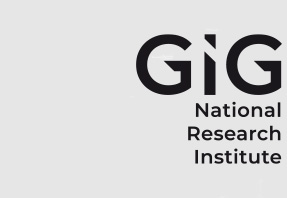Transmission of ultrafine particles through separating systems of dust samplers
Author ORCID Identifier
Krystian Skubacz 0000-0001-6858-7774
Abstract
In underground mines there is a radiation hazard associated with natural radioactive nuclides. The main sources of radiation exposure in Polish mines are short-lived radon decay products, radioactive mine water containing radium and the sediments precipitated from these waters. For miners, the most common hazard is usually the short-lived radon decay products. Aspirators, equipped with separation systems, are mostly used in order to control this hazard. Inside these aspirators there are meters which measure the radiation emitted by radioactive aerosols collected on the filter. The purpose of these systems is to remove particles from the air stream that do not form the respirable fraction. At the same time, however, a deposition of small-size aerosols takes place in them because of the high values of their corresponding diffusion coefficients. This excludes the possibility of their proper detection by radiation meters. In this paper, the transmission of particles up to 100 nm in size by the separating systems is evaluated. The evaluated transmission ranged from about 60% for sizes of 7 nm, reaching up to 95% at the boundary values of the tested range. The influence of the particle distribution of the aerosols on the radiation calibration coefficients was also investigated in a radon chamber, through their exposure to conditions where the air contained low aerosol concentrations of about 4.0 × 108 particles/m3 and also when it was nearly 100-times higher. In the first case, the measured sensitivity of the meters was about 20–30% lower, which was probably due to a higher number of small aerosols and, as a result, particle transmission decreased. However, at higher aerosol concentrations, the sensitivity of the meters remained practically the same, regardless of whether the air reached the filters by the separation systems or if they were omitted.
Recommended Citation
Skubacz, Krystian
(2018)
"Transmission of ultrafine particles through separating systems of dust samplers,"
Journal of Sustainable Mining: Vol. 17
:
Iss.
2
, Article 2.
Available at: https://doi.org/10.46873/2300-3960.1121
Creative Commons License

This work is licensed under a Creative Commons Attribution-Noncommercial-No Derivative Works 4.0 License.

